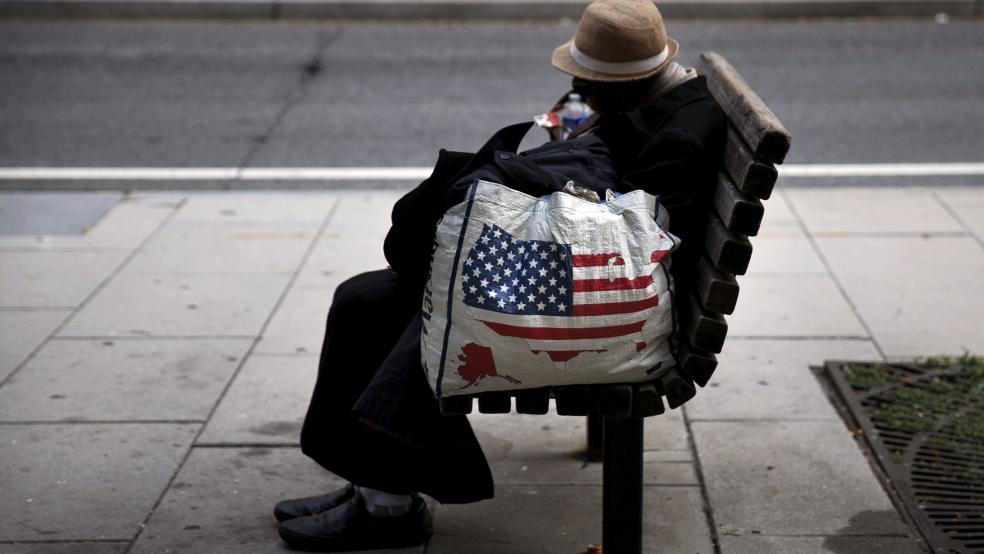The Democrat’s Covid relief bill “represents one of the most generous expansions of aid to the poor in recent history, while also showering thousands or, in some cases, tens of thousands of dollars on Americans families navigating the coronavirus pandemic,” The Washington Post’s Heather Long, Alyssa Fowers and Andrew Van Dam reported over the weekend.
The $1.9 trillion American Rescue Plan focuses largely on low- and middle-income Americans, along with state and local governments, while providing relatively little for corporations and the wealthy. The surge in spending will drive household incomes to their highest levels in many years and cut poverty by about a third, experts say.
Indivar Dutta-Gupta of the Georgetown Center on Poverty and Inequality told the Post that the legislation “likely represents the most effective set of policies for reducing child poverty ever in one bill, especially among Black and Latinx children. The Biden administration is seeing this more like a wartime mobilization. They’ll deal with any downside risks later on.”
$2.2 trillion for workers and families: The numbers are staggering in aggregate, with households ultimately receiving $2.2 trillion in aid from the various relief bills Congress passed in the last year – roughly equal to the cost of Social Security, Medicare and Medicaid combined.
The gush of money will be short-lived, however, with most of it expiring after this year. “That could be an abrupt awakening for Americans who have grown accustomed to financial support since Congress moved swiftly to create a stronger safety net at the start of the pandemic a year ago,” Long and her coauthors said.




